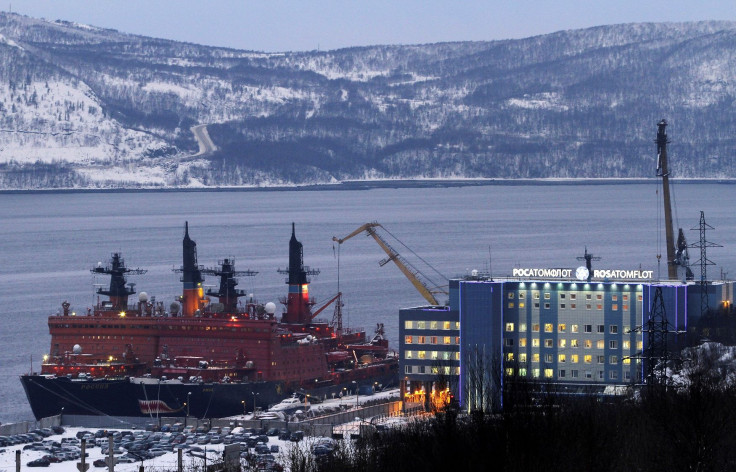Russia military vehicles travel to Arctic region, to form new air defence

Russia will be developing a new air defence division in the Arctic in an effort to up security in the region, the country’s Aerospace Forces announced on Sunday. The move comes as Russia announced its ambition towards development in the region.
As part of the move, Russia military vehicles will travel from the village of Tiksi in Russian Republic of Yakutia, located around 5,000 kilometres from Moscow, to Kotelny Island. The route will involve travelling through the Laptev Sea in the Arctic, which covers around 2,000 kilometres.
"A decision has been taken in principle to create a new division. Concrete measures to set up and staff it will begin next year. The division will be formed from both new units and those on combat missions in the Arctic," sources said, speaking with the Izvestiya newspaper (via Sputnik News).
The mercury level in the region is at -30 degrees Celsius. The crews are wearing Arctic uniforms and vehicles and machines are equipped with adequate amount of fuel to endure extreme conditions. Some of the vehicles and equipment that will be tested in the region are army snowmobiles, framed and inflatable deployable rapid tents, crawler-transporters and equipment for estimating the thickness of ice.
Russia has spoken about making developments in the region. “Unlike for many of our foreign partners, who believe that the Arctic is an exotic land populated only by small indigenous peoples leading a traditional way of life, for us it is a normal place to live,” Russian Economic Development Minister Alexander Tsybulsky said in January. “Over 2 million people live in the Russian segment of the Arctic, more than half of the entire Arctic population.”
A Russian Arctic forum is scheduled to take place in March this year in the city of Arkhangelsk. Hundreds of participants are expected to attend the event.
Currently, a division serves in the region that covers the Kola Peninsula in Russia’s northwest, the White Sea, Arkhangelsk and Nenets regions beyond the North Pole. Some of the military systems the region is equipped with include S-400 Triumf (NATO reporting name SA-21 Growler) and S-300 Favorit (SA-20B Gargoyle) missile systems and Pantsir (SA-22 Greyhound) anti-aircraft missiles.
Russia recently said strengthening Arctic areas is its top priority. In June last year, a new strategy to better the country’s civil and military capabilities in the region was unveiled by Russian president Vladimir Putin.
The countries represented in the Arctic Council that have territories in the region are Russia, Canada, Denmark, Finland, Iceland, Norway, Sweden and the US.





















